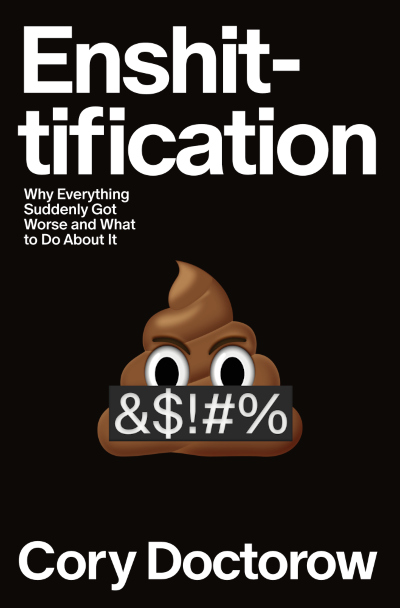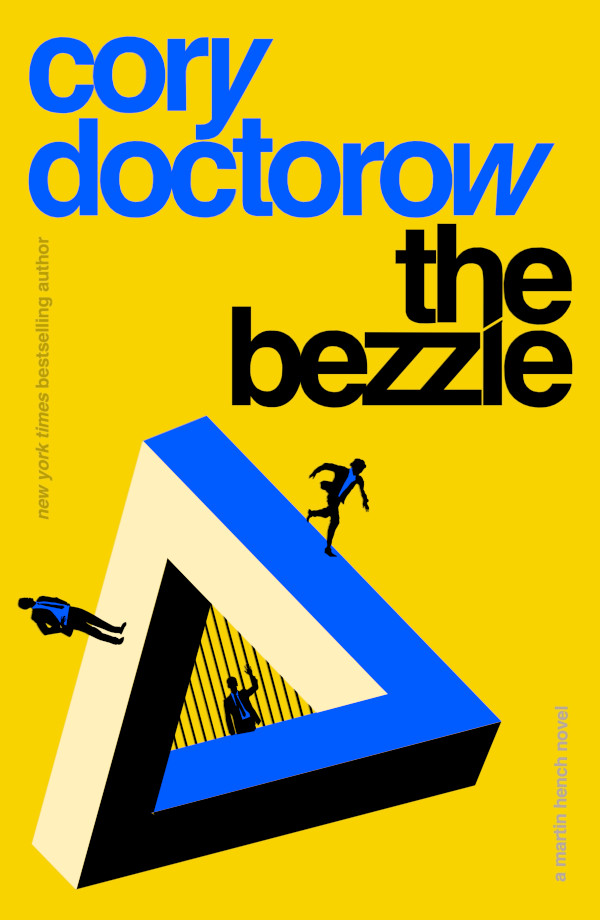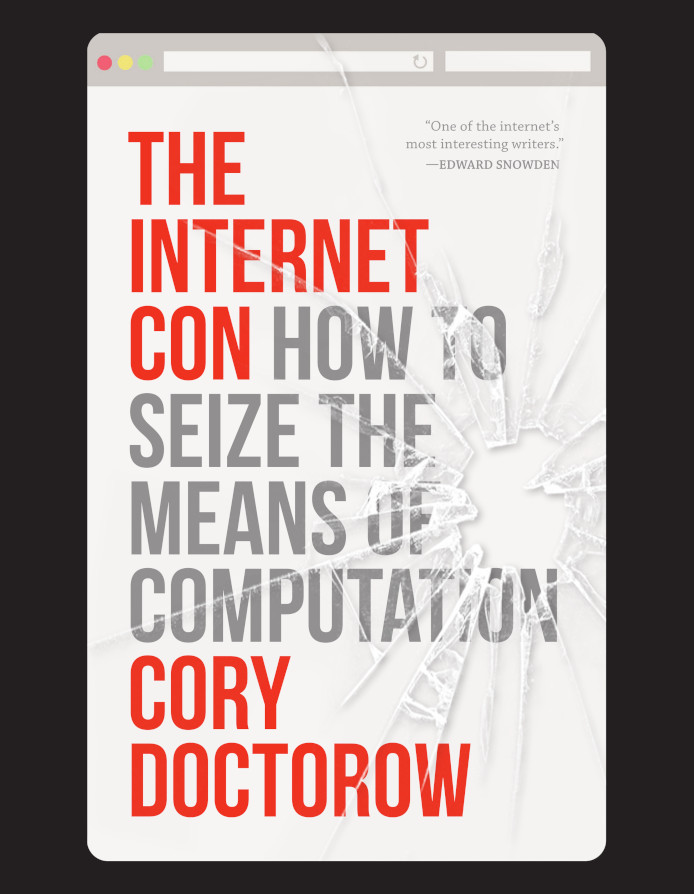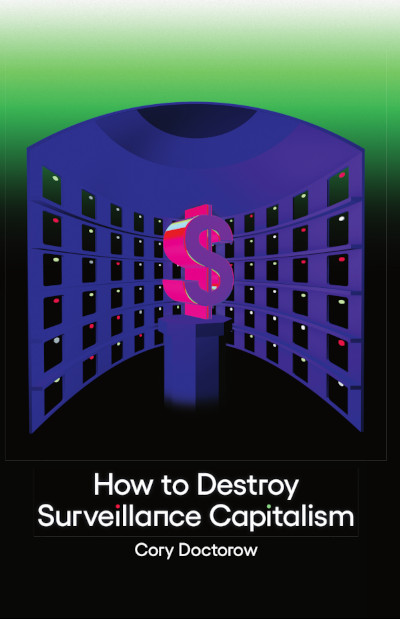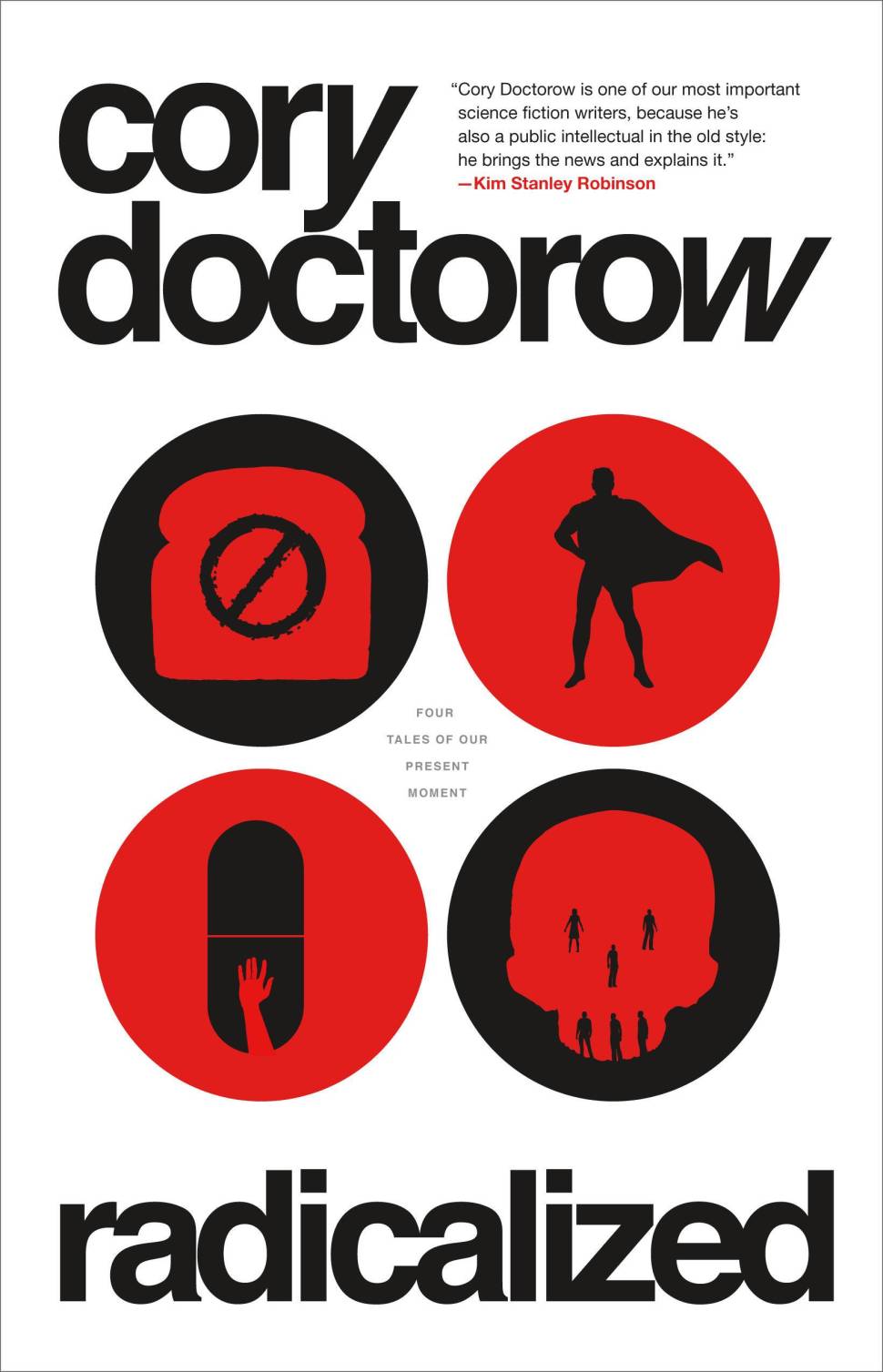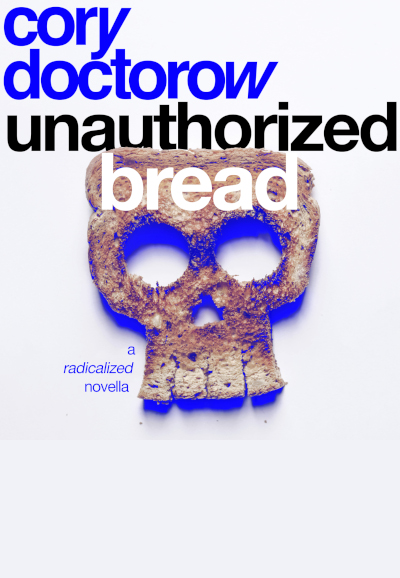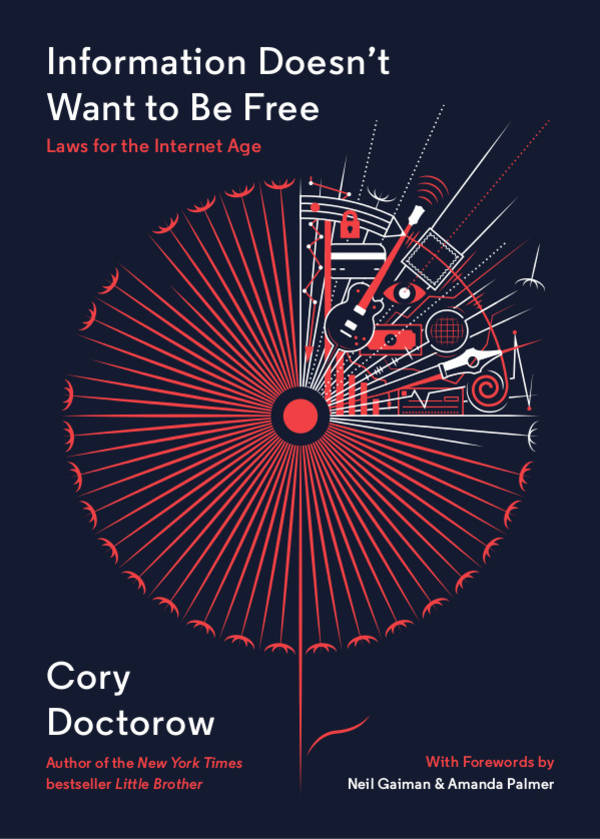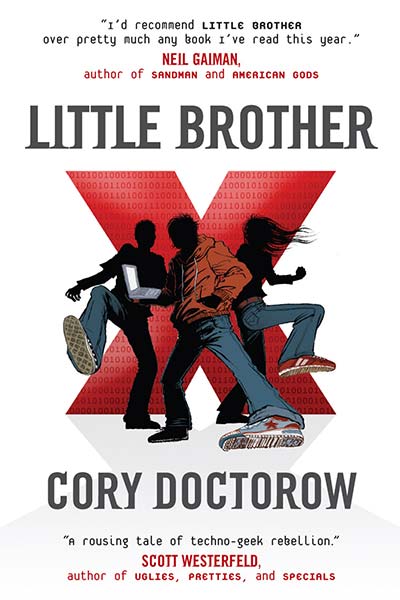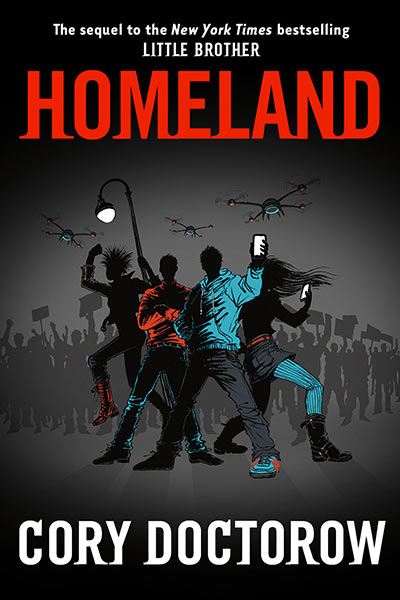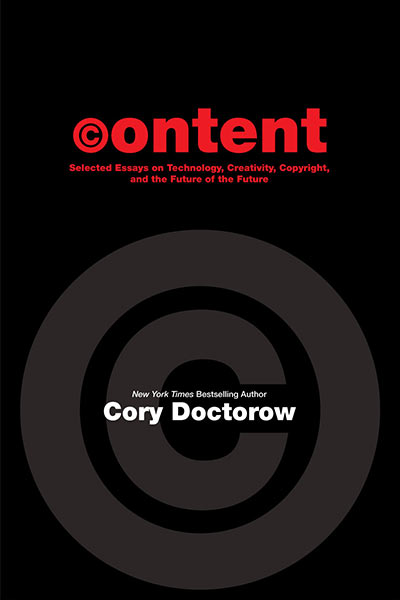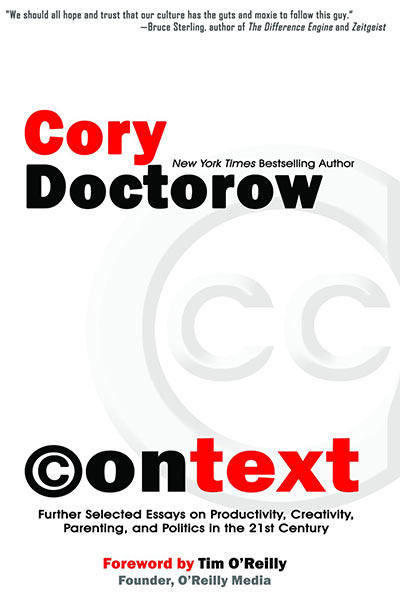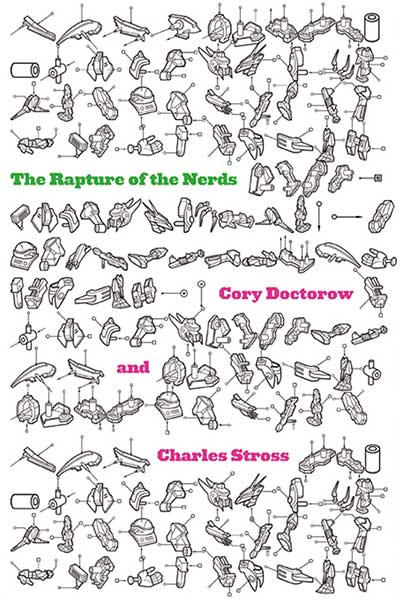I’ve just come from giving a talk on DRM to HP’s research group in Corvallis, Oregon — a kind of sequel to last year’s Microsoft DRM talk. The text of the talk is dedicated to the public domain, and live on the web.
* Privacy
In privacy scenarios, there is a sender, a receiver and an attacker.
For example, you want to send your credit-card to an online store. An
attacker wants to capture the number. Your security here concerns
itself with protecting the integrity and secrecy of a message in
transit. It makes no attempt to restrict the disposition of your
credit-card number after it is received by the store.* Use-restriction
In DRM use-restriction scenarios, there is only a sender and an
attacker, *who is also the intended recipient of the message*. I
transmit a song to you so that you can listen to it, but try to stop
you from copying it. This requires that your terminal obey my
commands, even when you want it to obey *your* commands.Understood this way, use-restriction and privacy are antithetical. As
is often the case in security, increasing the security on one axis
weakens the security on another. A terminal that is capable of being
remotely controlled by a third party who is adversarial to its owner
is a terminal that is capable of betraying its owner’s privacy in
numerous ways without the owner’s consent or knowledge. A terminal
that can *never* be used to override its owner’s wishes is by
definition a terminal that is better at protecting its owner’s
privacy.
